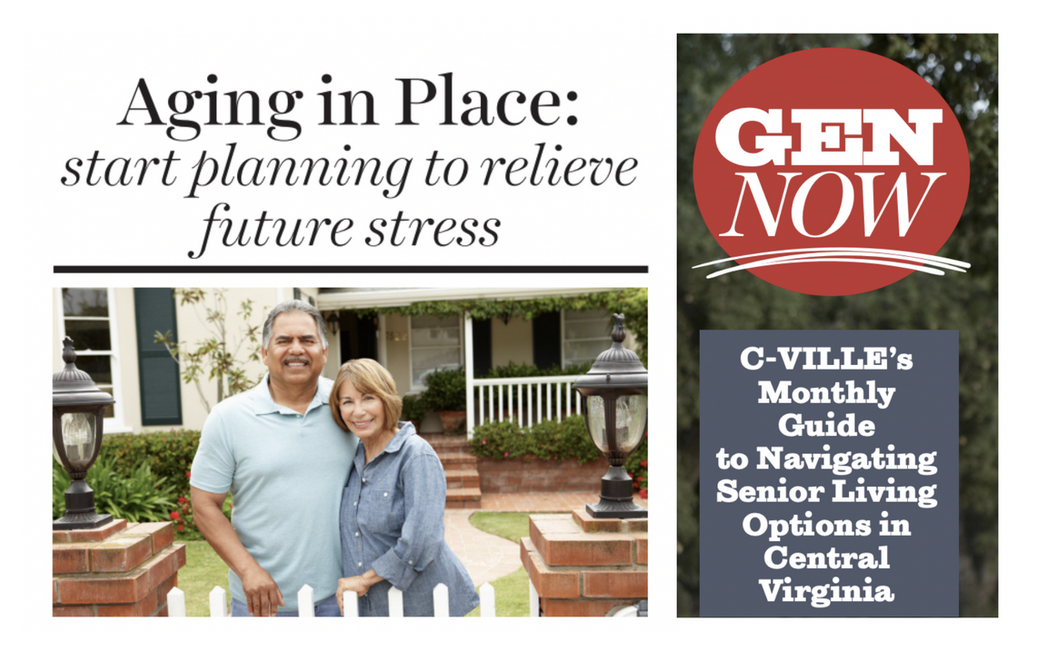A set of surveys this year revealed something about "aging in place," the popular term used to describe living independently and for as long as possible in our own homes as we age. While a U.S. News & World Report found that 95% of adults 55 and older want to age in place, an Alignment Health survey found that adults 65 and older viewed it as the biggest obstacle to their overall well-being. Among several obstacles identified, such as lack of access to transportation and care, food insecurity, loneliness, and economic insecurity, the majority of respondents reported that aging in place was causing them the most stress and anxiety.
Indeed, while aging in place is something to be wished for, the practical realities can be challenging. While homes can be modified to make them safer and accommodate various levels of mobility, and new technologies can make it easier to communicate with family, friends, caretakers, and health providers, the fear of having medical emergencies at home, becoming a burden on adult children, the cost of in-home care services, the fear of isolation, and sudden changes in health can make aging in place more complex then we may have imagined.
That's why early planning, self-care, communication, and the anticipation of future needs are so crucial to aging in place successfully.
Unfortunately, many individuals and families don't communicate enough about what aging in place really means. Mom and Dad still live in the family home, have for years, and then suddenly Dad has a medical emergency and Mom, who has been having memory issues she's been hiding, can't handle the new situation at home when Dad returns. Their children live in different states and have their own careers and families. What do they do?
Aging in place is like a long journey one needs to plan for. The earlier you start planning for it the better. In fact, if you're really serious about wanting to age in place, focusing on your health as soon as possible is an important first step. Inactivity, smoking and drinking, hypertension, diabetes, and obesity can lead to sudden declines in health, creating risks for heart attacks, strokes, and dementia that could throw a wrench in your aging-in-place plans.
If you're aging in place with a spouse or partner, it's important to consider any chronic conditions they may have, and share that information with family, friends, and caregivers. Indeed, it's important to discuss your aging-in-place plans with everyone your well-being could impact to help anticipate future care needs or changes that might need to be made.
Aging in place is also a journey you shouldn't make alone. Start learning about support resources in your community. JABA has community centers you can join for socialization and support, and Respite & Enrichment centers for people who might need extra help during the day. JABA also has a Home Delivered Meals program and a Senior Helpline to connect people with resources, including transportation support. The Center at Belvedere, Sentara Martha Jefferson Family Caregiver Center, the Osher Lifelong Learning Institute at UVA, the Albemarle Housing Improvement Program (AHIP), and Cville Village, a non-profit that supports the independence of older adults, are also valuable community resources.
Aging in place doesn't have to mean isolating in place. The sooner you learn about the network of resources in your community you can lean on, the sooner you share your hopes and plans with your family, the sooner you prepare your home, and the sooner you make healthy living a priority, the better your aging in place journey is going to be.
David McNair handles communications, media relations, and social media efforts for JABA. This article originally appeared in C-Ville Weekly.

